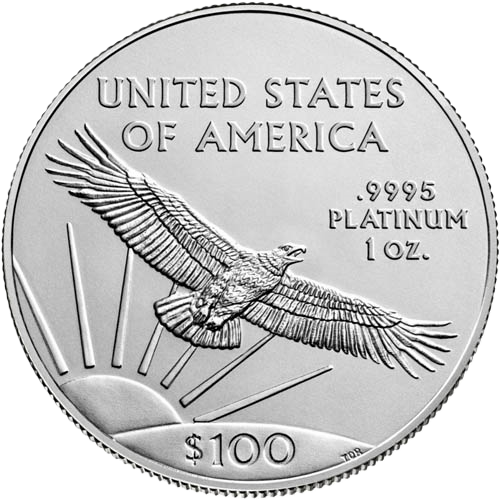Platinum & Palladium

Platinum & Palladium Bullion
Platinum & Palladium Bars
Platinum and palladium bars are physical forms of these precious metals that are typically manufactured in rectangular or ingot shapes. These bars are produced by specialized refineries and mints and are intended for investment purposes, rather than industrial applications.
Platinum and palladium bars are made of either pure platinum/palladium or alloys containing high levels of these metals. The purity of the bars is typically expressed as a percentage, with common purities ranging from 99.95% to 99.999%. Platinum and palladium bars come in various weights, ranging from small fractional-ounce bars to larger kilogram bars.
Investors purchase platinum and palladium bars as a way to diversify their investment portfolios, hedge against currency devaluation, or speculate on the price movements of these precious metals.
Platinum & Palladium Coins
Please read our full Delivery Risk Disclosure before purchasing.


